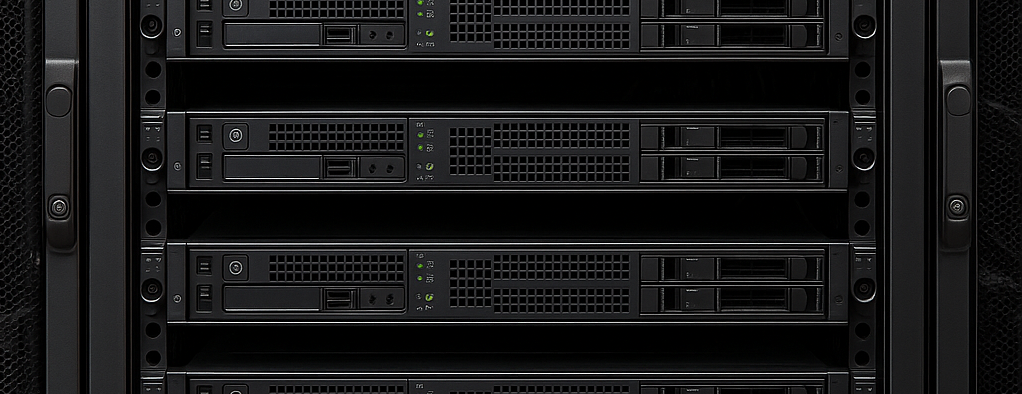In supporting businesses, I've often seen some common mistakes. Below, I'll elaborate on them to help prevent other SMEs from making the same mistake.
Allocate little budget in the IT system
Often, companies don't want to invest too much in their network or server. However, it's important to be aware that buying cheap hardware is certainly cost-effective, but it also opens the door to potential future problems.
For example, if you buy an entry-level network switch for just 50 bucks, it will certainly work, but there are few security features. Examples include port deactivation in the event of a network loop, or VLAN management.
Additionally, these switches are generally not monitorable. Therefore, you cannot receive an alert when there are errors on a port, or simply when it has stopped working. This can lengthen downtime in the event of an incident.
Choosing a new product without checking if it was suitable for the business
Often, people who choose new business applications or software solutions do so based on the power of marketing. However, advertisements often fail to analyze the features offered and the business's needs.
It is important to do this before purchasing or implementing a service because it can potentially only cover 60% of needs, and it will be necessary to acquire a second software to cover the remaining 40%. This can be more expensive in the long run, especially if it is necessary to make them interact with each other.
Underestimating the number of people in the IT department
If you have an internal IT support team, keep the number of people proportional to your IT equipment. Leaving aside the fact that there are several different skills within a team, it's difficult to imagine two people managing a fleet of 1,500 machines. There are on average 100 to 200 positions per technician, but this figure is only indicative to give you an idea.
Additionally, if all services are run by an external provider, such as Microsoft 365 or an external ERP, it may not be necessary to have a battalion of system administrators. However, it would be more beneficial to have workstation technicians to repair problems on the terminals.
Wanting to save money by focusing on cloud tools
I agree, it's very tempting to migrate all tools and data to a cloud service, such as Microsoft 365, for cost-saving and management-simplification reasons. However, the documents and files stored in storage are sometimes internal documents that contain trade secrets that could give competitors a leg up.
If you have sensitive documents but want to limit the costs of corporate storage, you can still use storage for documents that are not catastrophic in the event of a leak.
Do not segment the computer network
One of the mistakes I see in small businesses is not segmenting the network. The reason is often that there's no need to complicate the network for so few machines, which is understandable.
On the other hand, it often happens that the company's Wi-Fi is used to connect private devices, which can be a security breach. Workstations are then compromised if an infected workstation is connected to the network. Since the company has no control over the protection of private workstations, this can become dangerous.




